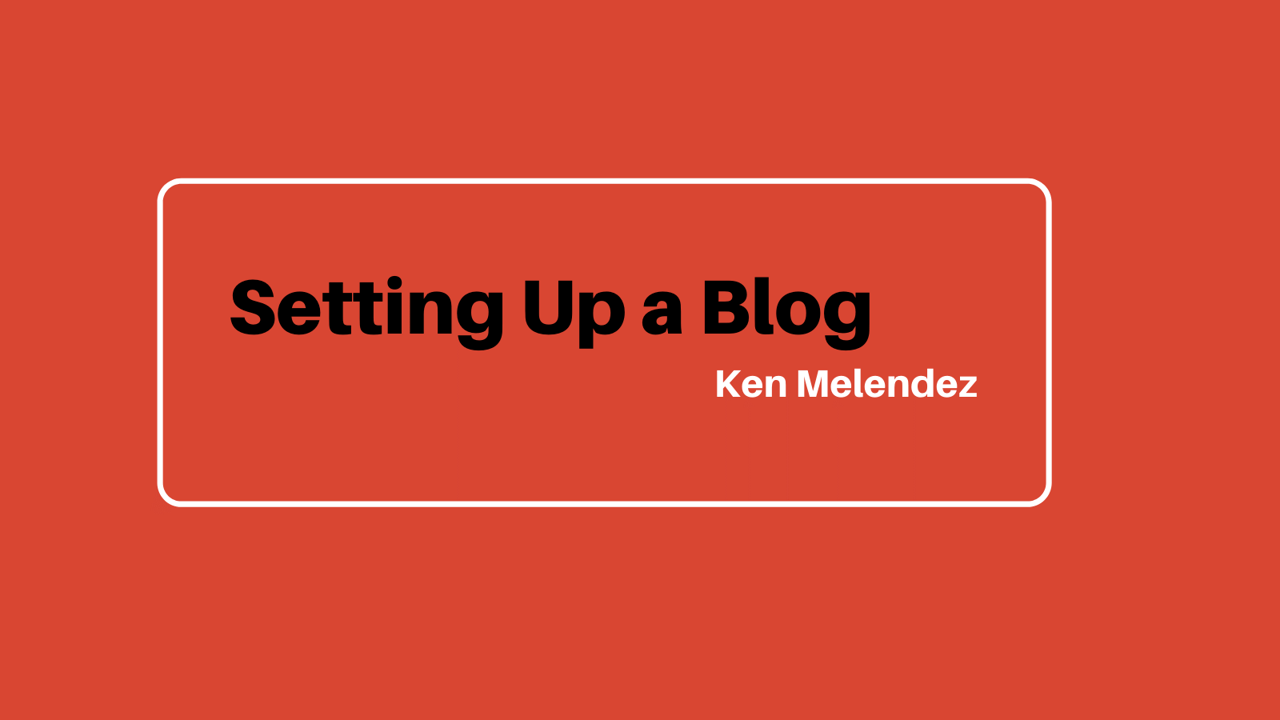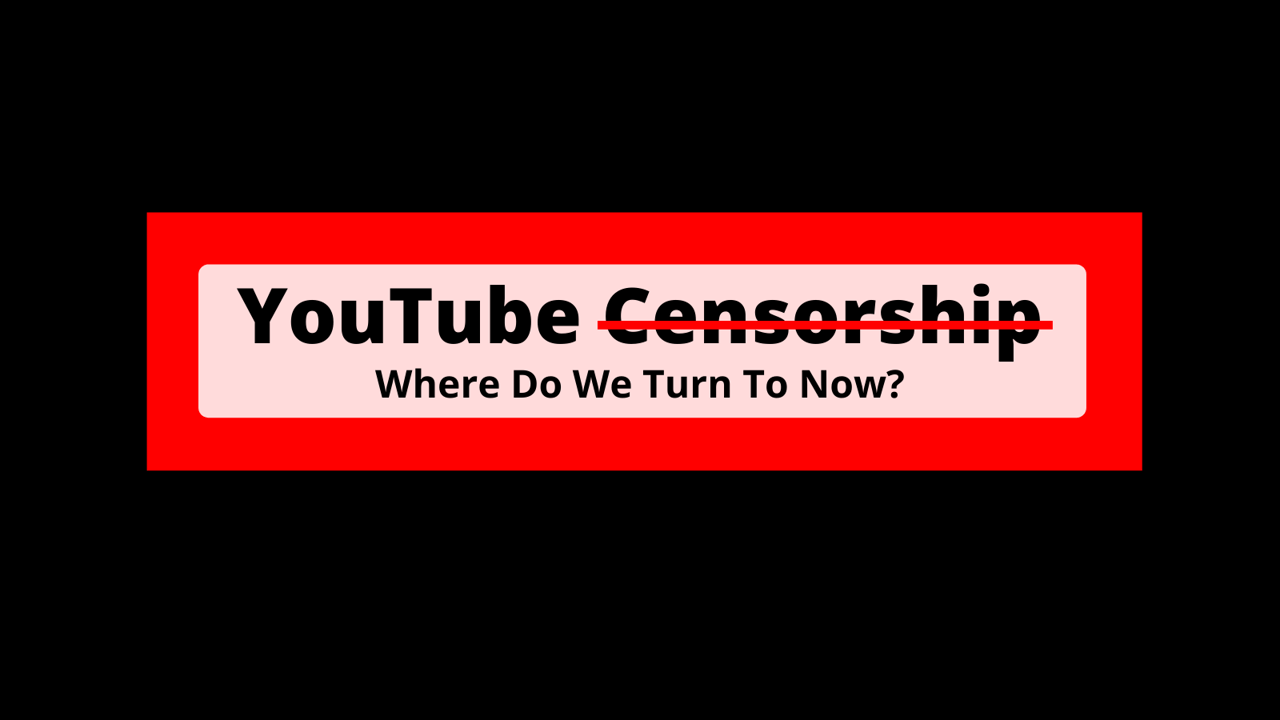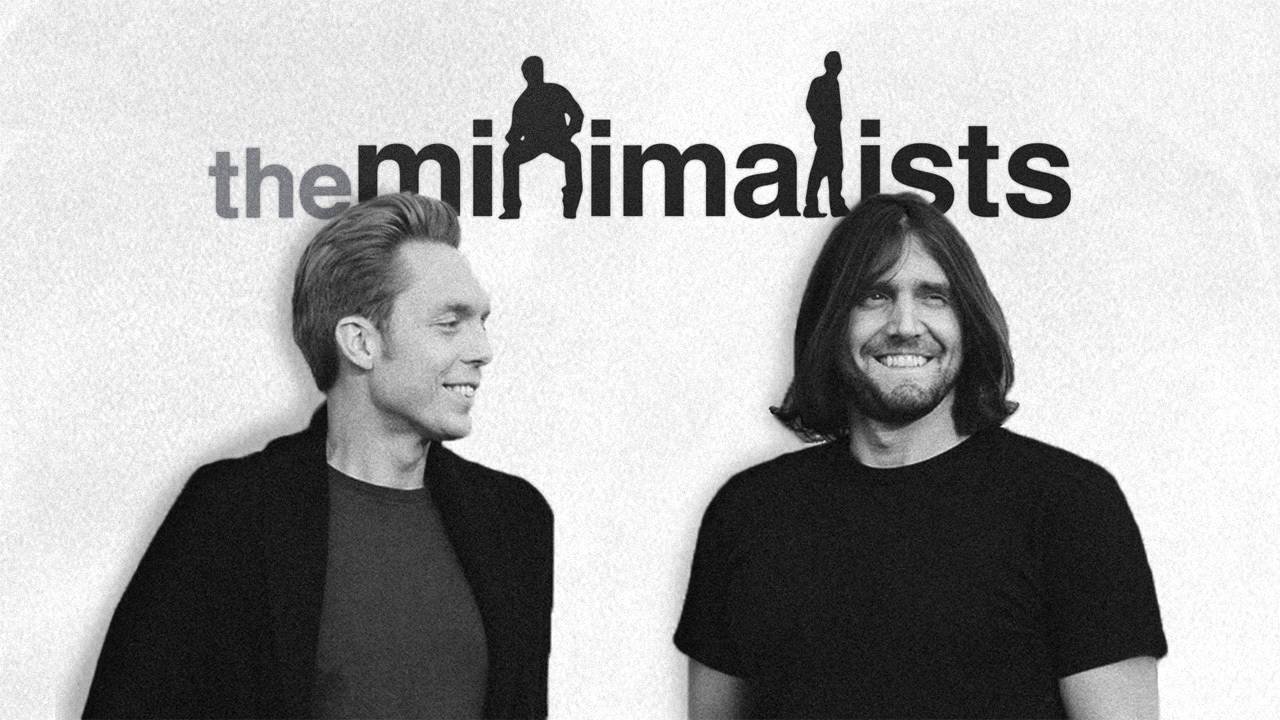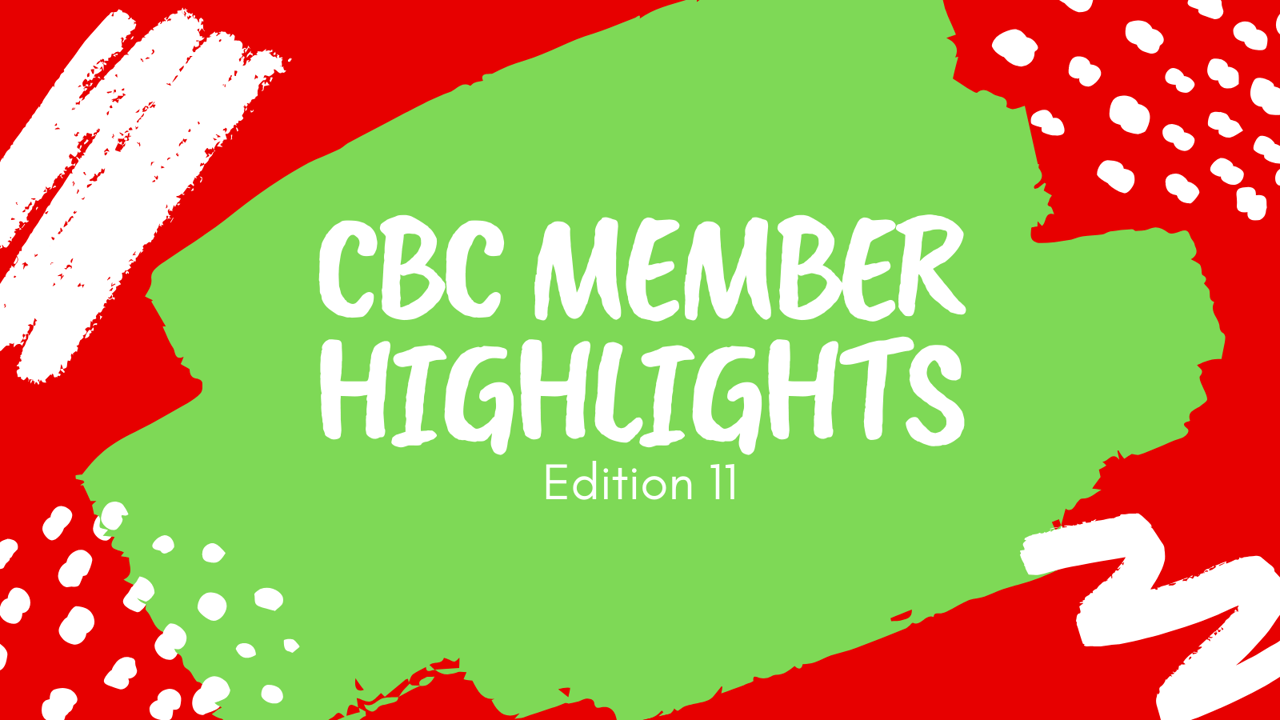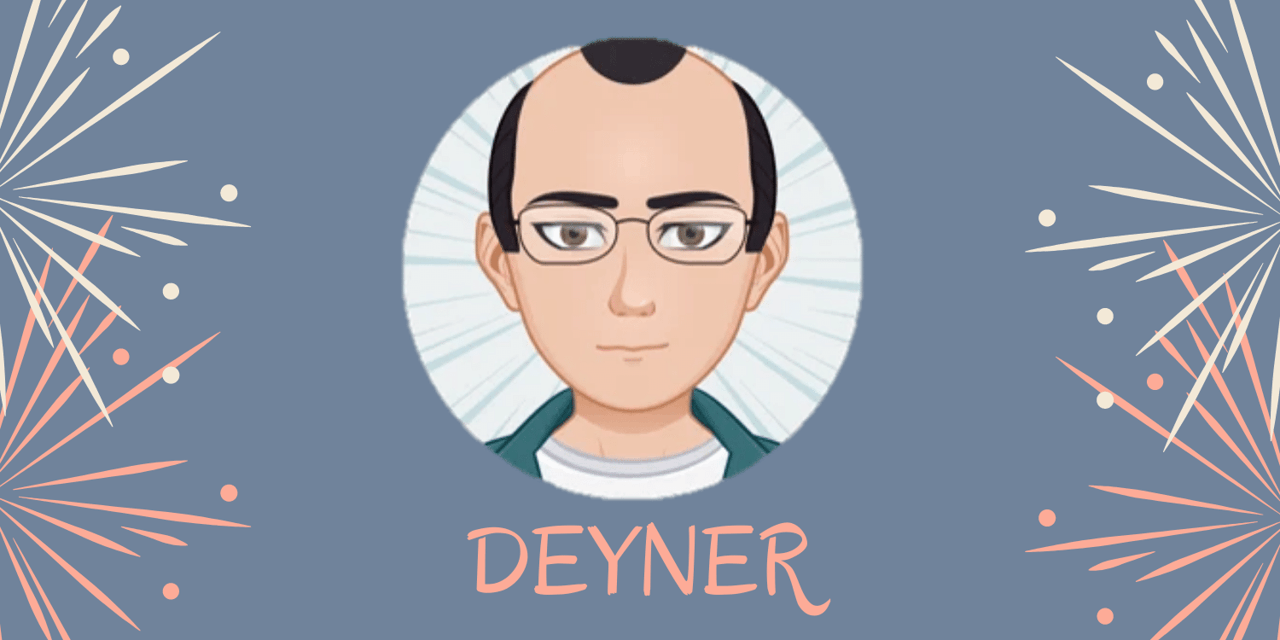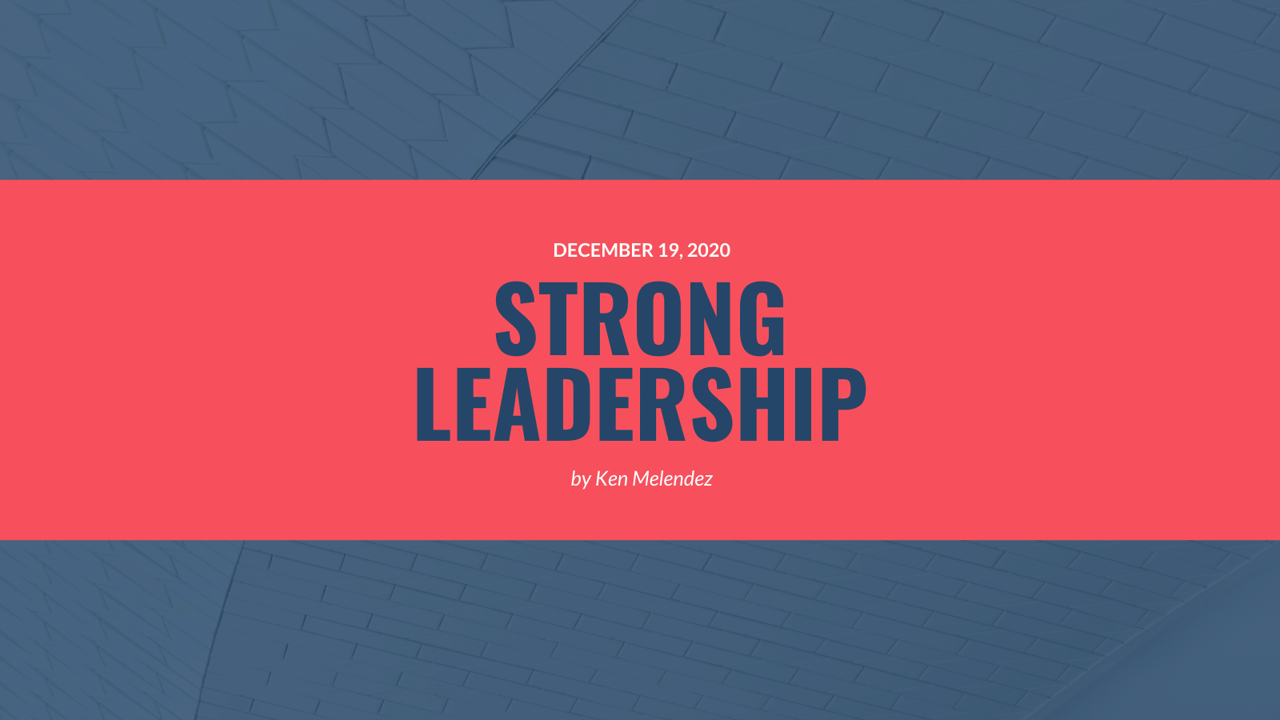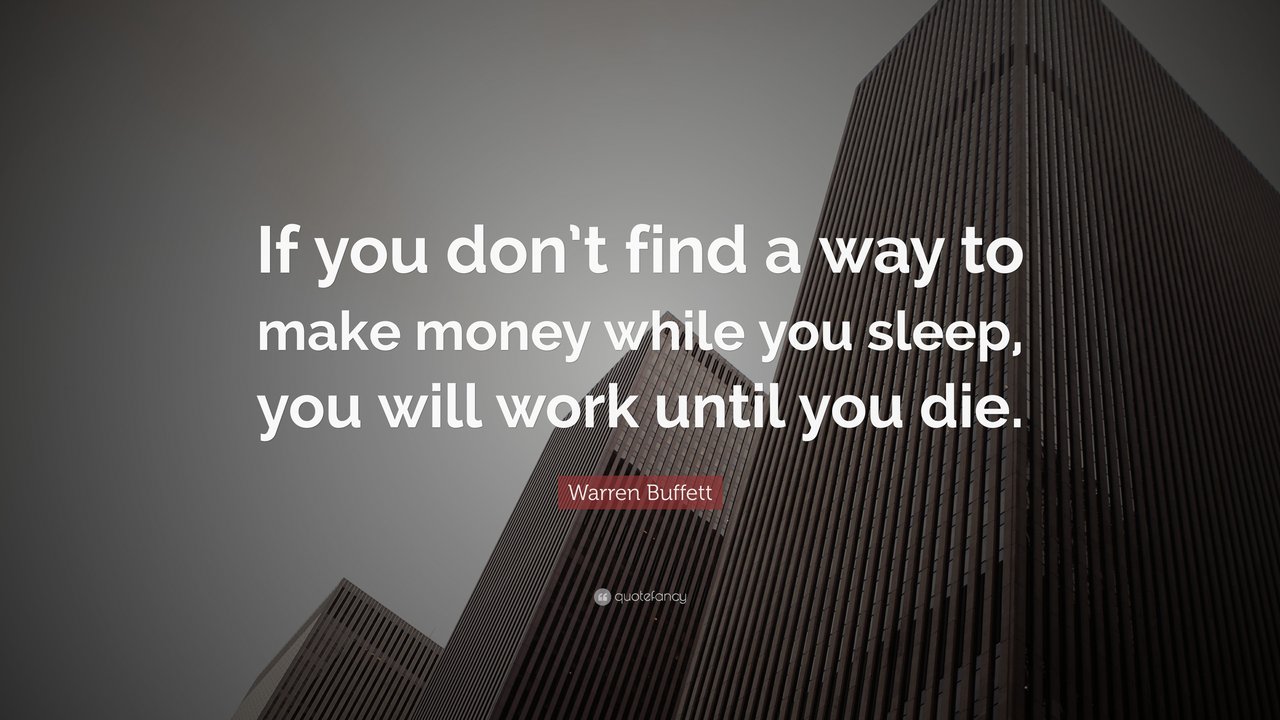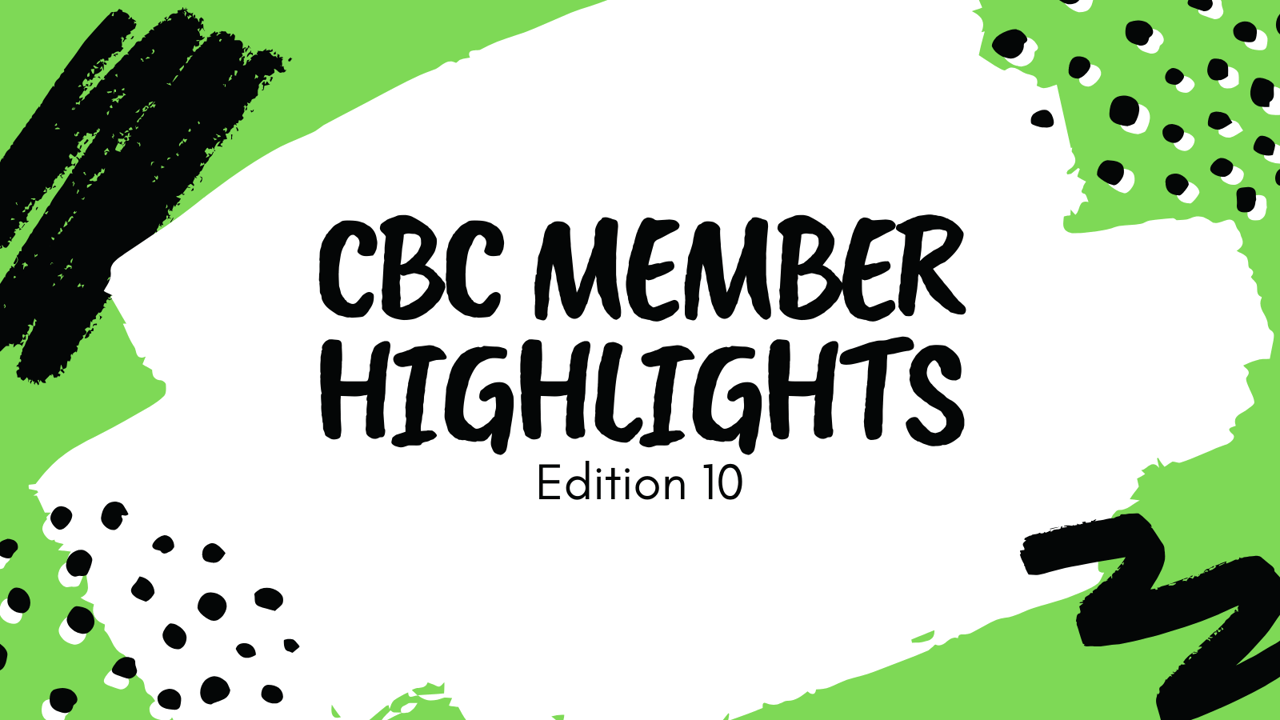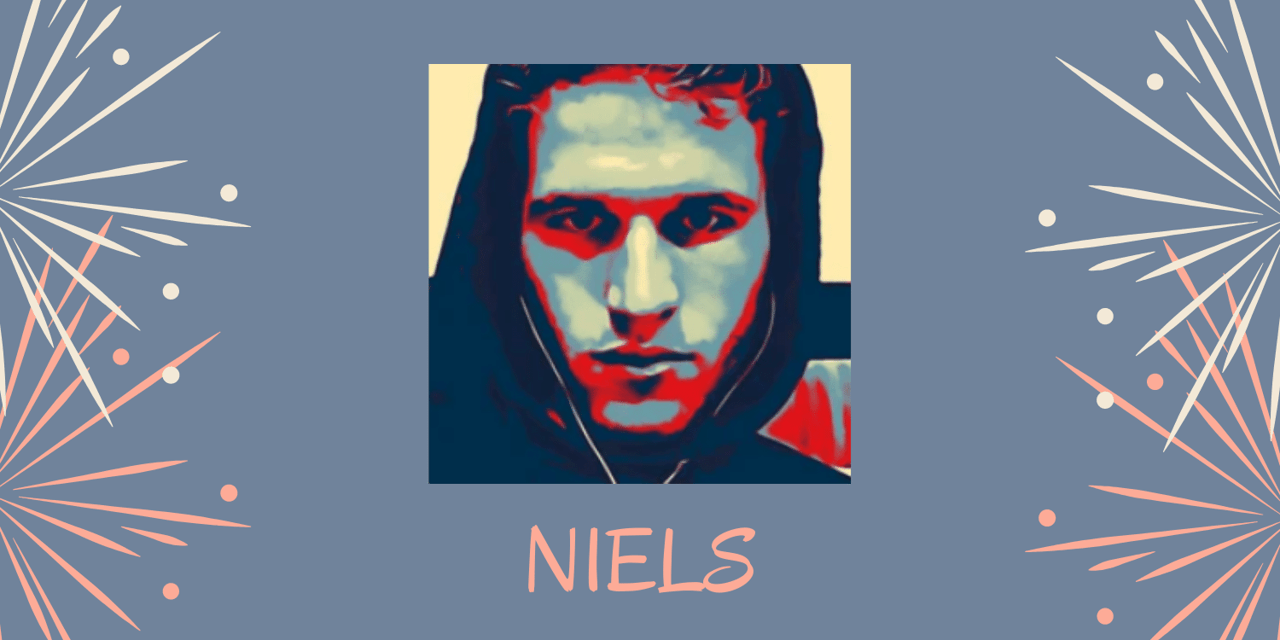 The Power of Developing an Online Brand
The Power of Developing an Online Brand
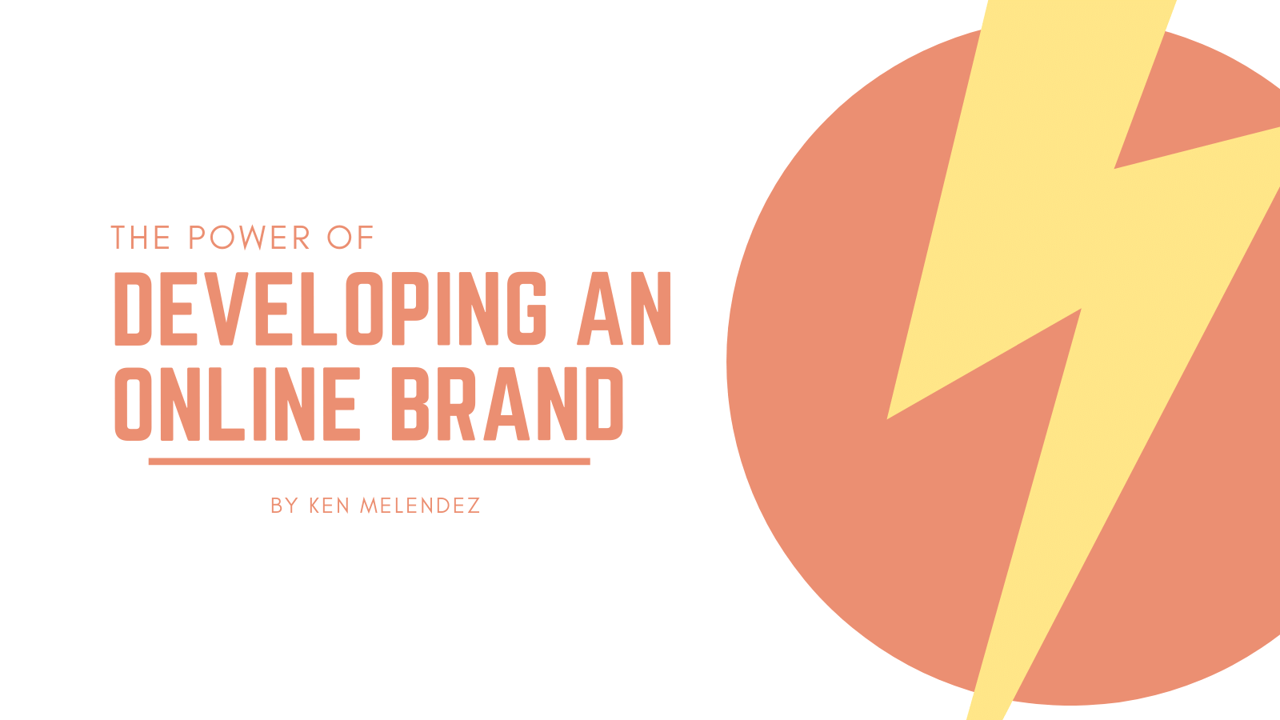


Ever since 2013 I have been fascinated by the idea of online business and earning a living online. Once I began to dive into the industry, I found that there are a lot of scams present, but also people who are genuine and truly want to help others. The ones who I consider “the good guys” are those who are transparent and trustworthy in their words and in their actions. People want to do business with people they know, like, and trust before they go to anyone else.
One such gentleman that I first came across was Stefan Pylarinos, who now goes by the name Stefan James. Stefan is the owner of a website and brand called Project Life Mastery, helping others master different areas of their lives such as relationships, business, and physical fitness. The beauty of this is that it started with Stefan's desire to share his personal progress of mastery in an accountability sort of way which then blossomed into a multi-million dollar business over a number of years as his audience grew exponentially.
Stefan is one of the good guys as you can tell by level of transparency and authenticity he brings to the table. I've used him as a role model this past decade and have grown accustomed to realizing the power that comes with building a brand around something you are passionate about. Not only is it important to be passionate, but there also needs to be a market in which your brand will resonate with people looking for that kind of content, products, or services.
Branding comes in 2 main formats depending on your goals and what you see as the long-term play for you.
Personal Branding
Personal branding is using one's name to portray your message to the world. Many people have done this including the famous Gary Vaynerchuck, aka Gary Vee. Many people know him by his name because that is how he decided to package his content. Gary also owns a media company called VaynerMedia which contains a portion of his name inside the title.
Using a name is often an effective strategy, especially if you have a name that is rather unique or has not been used by many others in your industry. If you have a name like John Smith for example, that name is pretty common so you'd want to find a way to differentiate yourself from the multitude of John Smith's in the world who also are building a brand around their name.
Business Branding
A business brand can be any name other than your personal name. Even if you don't own your own LLC for example, you can still create a brand name that envelopes your vision and mission. First you will want to lock down the domain name by making sure it is available, then also check to make sure it is not already trademarked by someone in your industry.
A business brand could be Project Life Mastery for instance or Southern Cooking Styles for example. Once you have the name nailed down and you know for sure it is available as a domain, then it's important to get a quality logo designed. A couple sites to outsource design are upwork.com and 99designs.com. Both services host talented freelancers that can create the look you are after.

Why Develop a Brand
A brand is one of the best ways that you can effectively reach and build an audience that you want to hear your message. Branding will allow your voice to stand out amongst the crowd and give you a strong platform to stand on to not only live your passion, but also potentially earn a living by doing what you love.
Creating a brand is more than just a name. Even more so, it entails what type of content you are producing, as well as the types of products and services you are developing. Once your content is produced, what platform will you promote it on? What type of free value will you provide up front to your audience that will keep them coming back for more of what you have to offer?
On an even deeper level, discovering the reason WHY you want to create your brand in the first place is what will keep you driven when the horizon looks bleak. When it looks like the world is closing in around you during those dark times, your reason why you started will keep you going in the midst of the storms rolling around you.

Congruency
An important point to drive home is that your messaging and branding is congruent across all social platforms, as well as online and offline. You embody your brand whether it is personal or business focused. You must be the same and portray the same message everywhere. If not, confusion will ensue and trust will be broken with your audience causing a disconnect that isn't easy to repair.
For example, if you are Joshua from The Minimalists, you wouldn't want to be posting photos of you hoarding useless items in your home or shopping the malls at 6:00am on Black Friday. It isn't congruent with your minimalism message and will cause your audience to lose faith in you. Be congruent and prove to the people you want to reach that you are genuine and you actually live out the life you describe in your branding.
The Power of Developing an Online Brand
Again, developing a strong online brand, or online presence, will allow you to build a platform to spread your message to the world. The internet is a big place, and it takes time and sacrifice to build something worthwhile. The key is to stick with your initial decision and don't get knocked off course. Otherwise you will need to start over.
Developing a brand puts you in the driver's seat of your destiny. If it is well-executed, it could very well become your sole source of income and you could travel the world with ultimate time freedom. Or, perhaps you just want to earn enough to pay the expenses and not have to “worry” about finances again. Or, perhaps you just want to build a brand for fun and aren't concerned about monetary gains.
That is the beauty of developing a brand because it gives you options. A brand gives you the ability to express yourself and spread your passions to others across the globe. No matter what your goal is, big or small, you can achieve it by building an online brand. There is immense power in that and the internet makes it all possible. ✦

